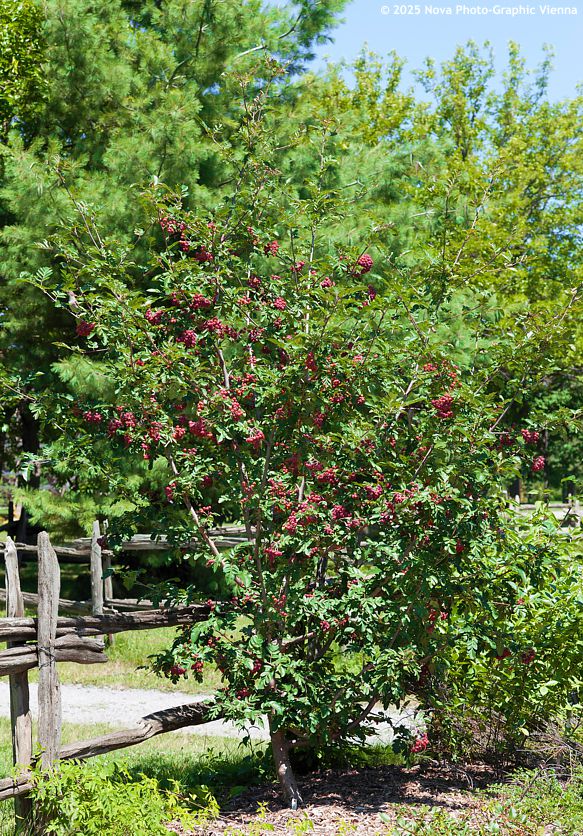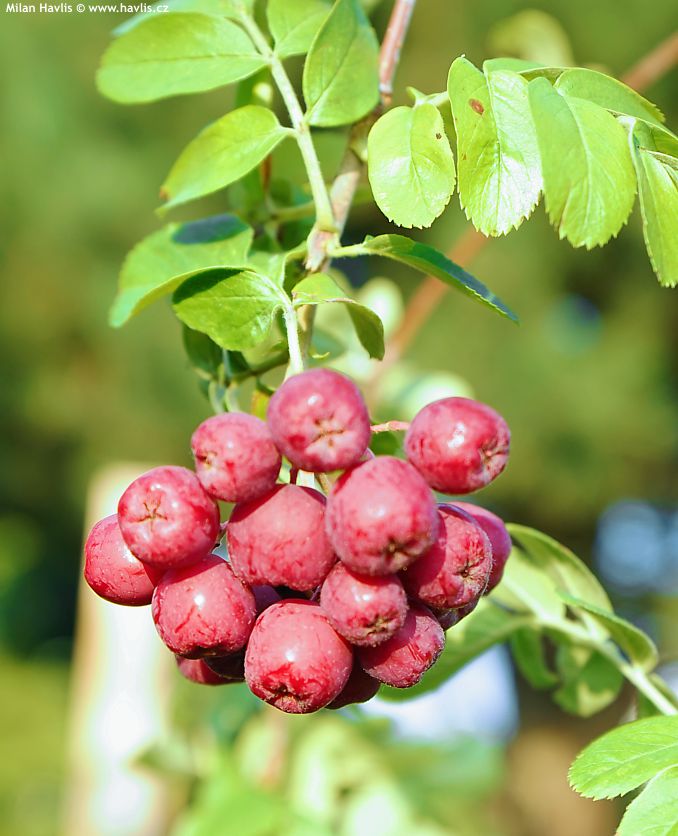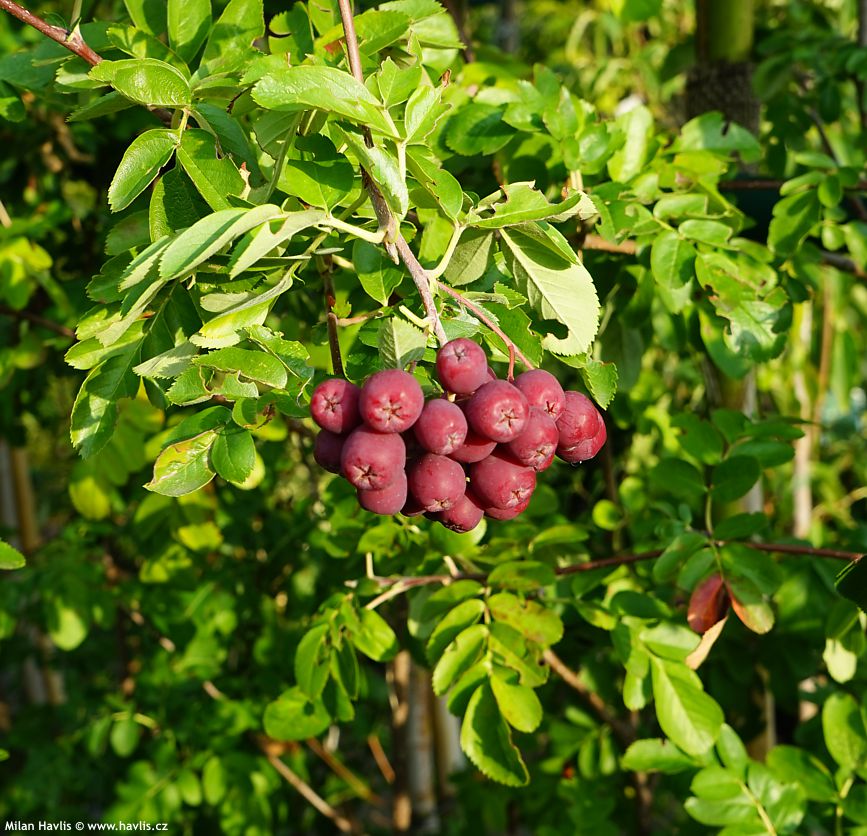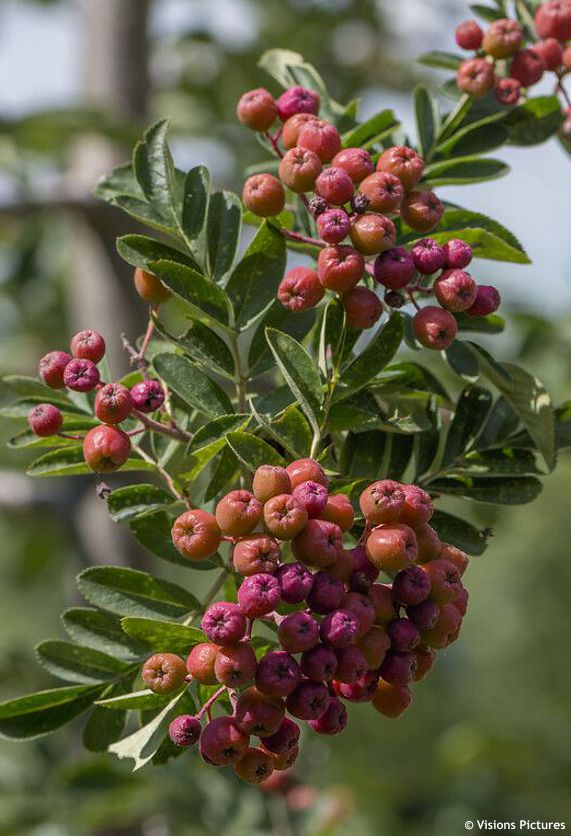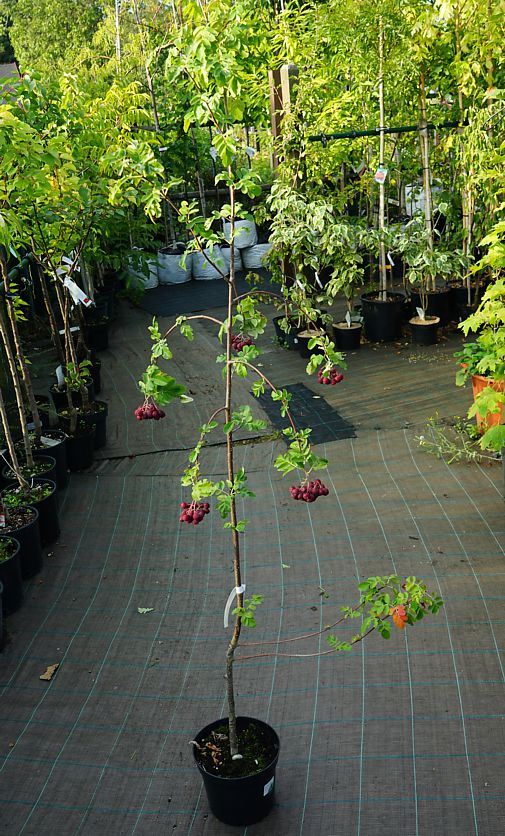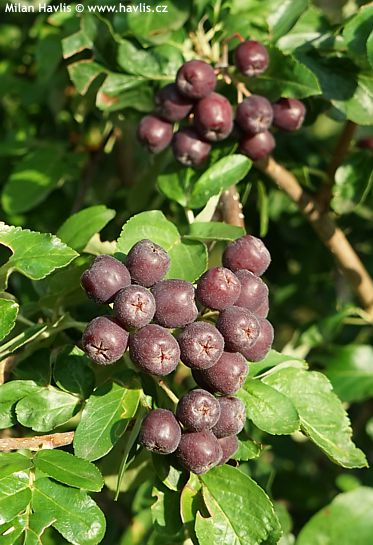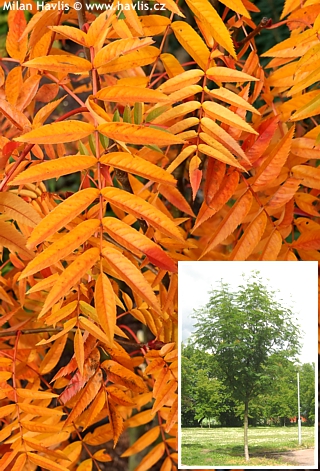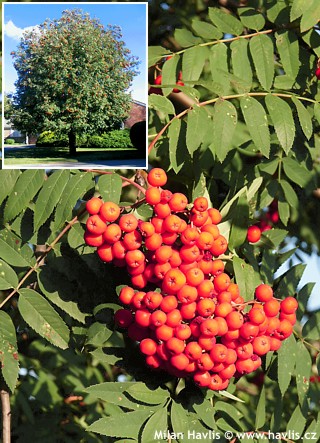×Crataegosorbus 'GRANATNAJA' crataegosorbus
Crataegosorbus
The genera Sorbus (rowan) and Crataegus (hawthorn) both belong to the rose family and have held a firm place in the European landscape for centuries. While the common rowan is known for its slender silhouette and bright orange berries, hawthorn has earned its reputation as a dense, thorny shrub with heart-shaped leaves—protecting pastures and hearts alike, both literally and figuratively. Both genera have deep roots in folk medicine, mythology, and garden design. Rowan was considered a protective tree—its twigs were hung above doors to ward off evil, and its berries were harvested not only for birds but also for people. Hawthorn symbolized strength and resilience; its blossoms were part of spring festivals, and its fruits were used as a natural remedy for the heart. In the wild, both grow from lowlands to mountain regions, often along field margins, in hedgerows, or as part of old avenues. And it is precisely the union of these two genera that gave rise to a new intergeneric hybrid: ×Crataegosorbus.
This tradition also inspired the breeding work of Russian botanist Ivan Vladimirovich Michurin (1855–1935), who wasn’t afraid to cross the boundaries between genera to create new, viable combinations. Michurin was a visionary who believed that nature could be purposefully shaped for the benefit of humankind. His experiments with interspecific and intergeneric hybridization were revolutionary for their time – he combined species that would never meet in nature and created plants with greater resilience, productivity, or ornamental value. In Russia, people still say “you’re a Michurin” when someone tries something unusual in the garden. Though often said with a grin, few realize it refers to a man who laid the foundations of modern intergeneric plant breeding, even if he was considered eccentric in his day. One of his legacies is the cultivar Granatnaja, created in 1926 by crossing the common rowan with the Siberian hawthorn, making it one of the first successful intergeneric hybrids in horticultural history.
Granatnaja is a Russian cultivar of crataegosorbus - a medium-sized tree with edible fruit. Its leaves are odd-pinnate, with lanceolate to elliptical, finely serrated leaflets that resemble hawthorn more than rowan, reflecting its hybrid origin. In autumn, the foliage turns vibrant shades of red-orange to deep purple, giving the tree striking seasonal character. The flowers appear in May—white, clustered in corymbs, and delicately fragrant, attracting pollinators like bees and butterflies. The fruits ripen from late August to September. They are pomegranate-red, cherry-sized, with orange to dark red flesh. The flavor is sweet-tart, mildly astringent, but without the bitterness typical of wild rowan berries. The fruits can be eaten fresh but are also excellent for jams, compotes, drying, or fruit wines. They remain on the tree even after the leaves fall, which is appreciated by both birds and gardeners looking to extend the harvest. The tree naturally forms a compact crown and grows to about 4–6 meters tall. Its growth is balanced, with no tendency to become leggy or overgrown, so it maintains a tidy appearance even without pruning.
‘Granatnaja’ works well as a specimen tree or as part of an edible hedge or so-called food forest, where it serves both ornamental and practical purposes. Thanks to its compact growth and attractive fruit, it fits beautifully into naturalistic gardens but also holds its own in urban plantings. It pairs well with shrubs like European cornelian cherry, medlar, sea buckthorn, or black chokeberry—all of which share similar growing needs and offer complementary flavors and colors. And you’ll surely appreciate a few nut-bearing companions nearby, such as hazel. Its autumn colors and long-lasting fruit add depth and seasonal rhythm to any planting.
Crataegosorbus is undemanding. It thrives best in full sun but tolerates partial shade. It prefers loamy or sandy-loam soil, from dry to moderately moist, with a pH ranging from slightly acidic to mildly alkaline. In the first years after planting, it’s advisable to stake the main shoot to encourage a straight trunk. Pruning is not essential, but light thinning in late winter supports healthy growth and fruiting. The fruits are easy to harvest, and the branches naturally straighten after the crop is removed. It is fully hardy down to –34 °C (USDA zone 4), making it well suited even for mountainous regions of Central Europe.
Last update 15-09-2025.
Goods are shipped all over Europe. For Russia and U.K. and for further details please read about SHIPPING OPTIONS HERE.
Are you interested in a serious discount for orders NOV-FEB? Check your options here.
THE PRICES INCLUDE VAT of 15%. For quick conversion you can use 1 CZK = approx. 0.04 EUR
- STANDARD QUALITY - Plants of this group are 1st class quality with number of branches and overall density adequate to their size and age, considering they were container grown.
- DE LUXE QUALITY - This label guarantees a luxurious quality of manually selected plants that, compared to their height and age, are exceptionally dense and beautiful.
- EXTRA - These plants are usually mature and bigger specimens with exceptional overall appearance.
- STANDARD (as described in the plant form) means a tree with a trunk of 190-210 cm and a crown at the top, unless specified differently. The commercial size for trees is their girth measured in the height of 1m from ground.
- HOBBY - These plants are of the same quality as our standard-quality plants but younger and therefore cheaper.
- SHRUB - a woody plant with branches growing bushy from the ground level.
- HALF-STANDARD or MINI-STANDARD - a small tree with shorter trunk, its size is usually specified.
- FEATHERED - These are trees with branches growing already from the base of the trunk and up along the stem.
- GRASSES and PERENNIALS - Sizes given usually read the diameter of the pot or the clump, as specified.









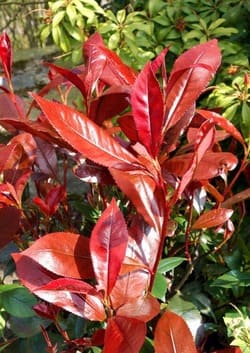
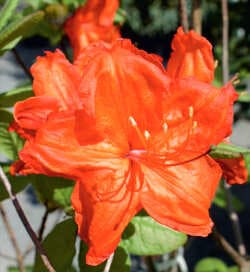

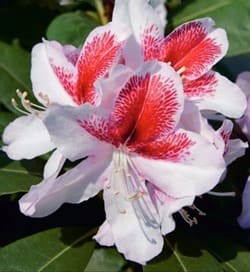


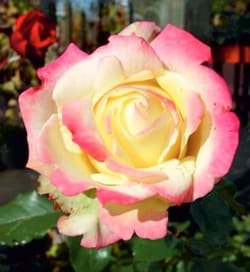
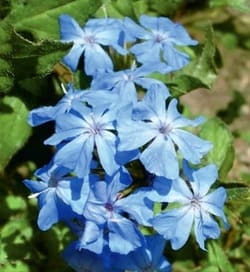
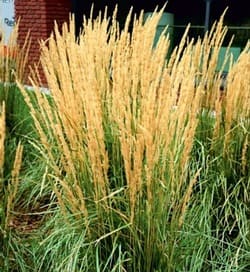
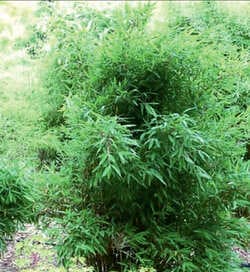

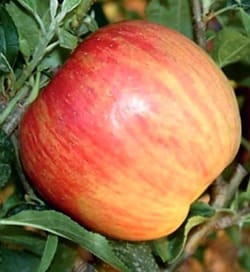
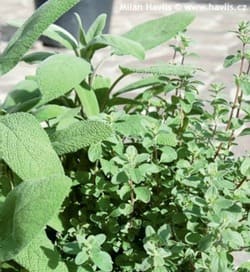
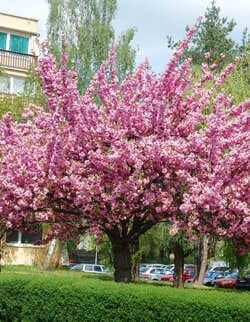
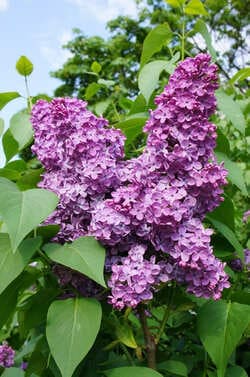
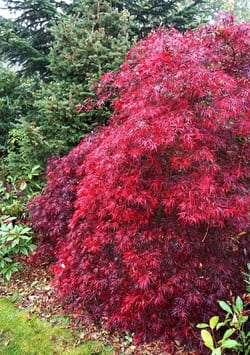
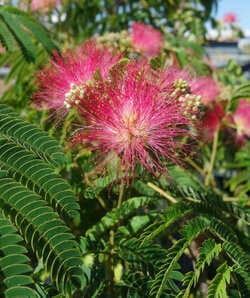
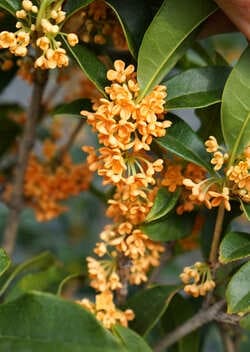



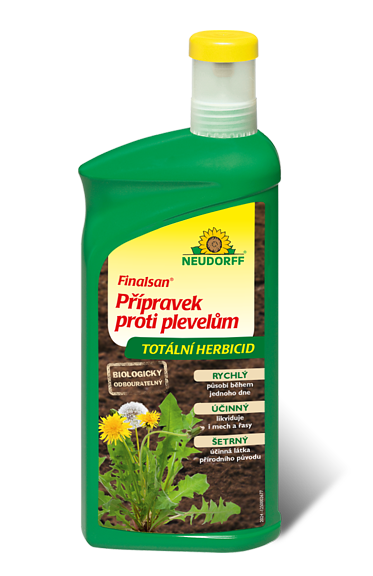


.jpg)
